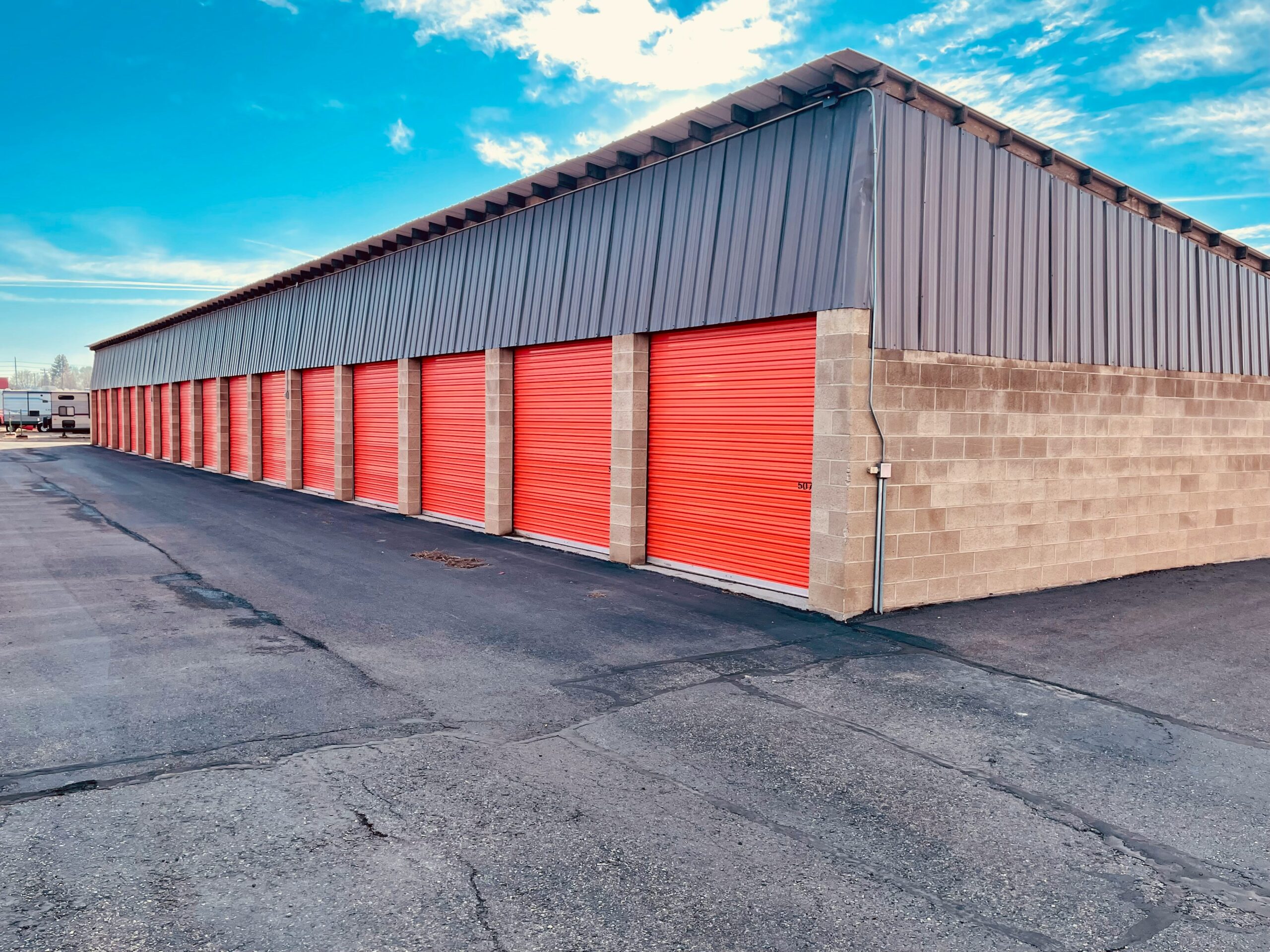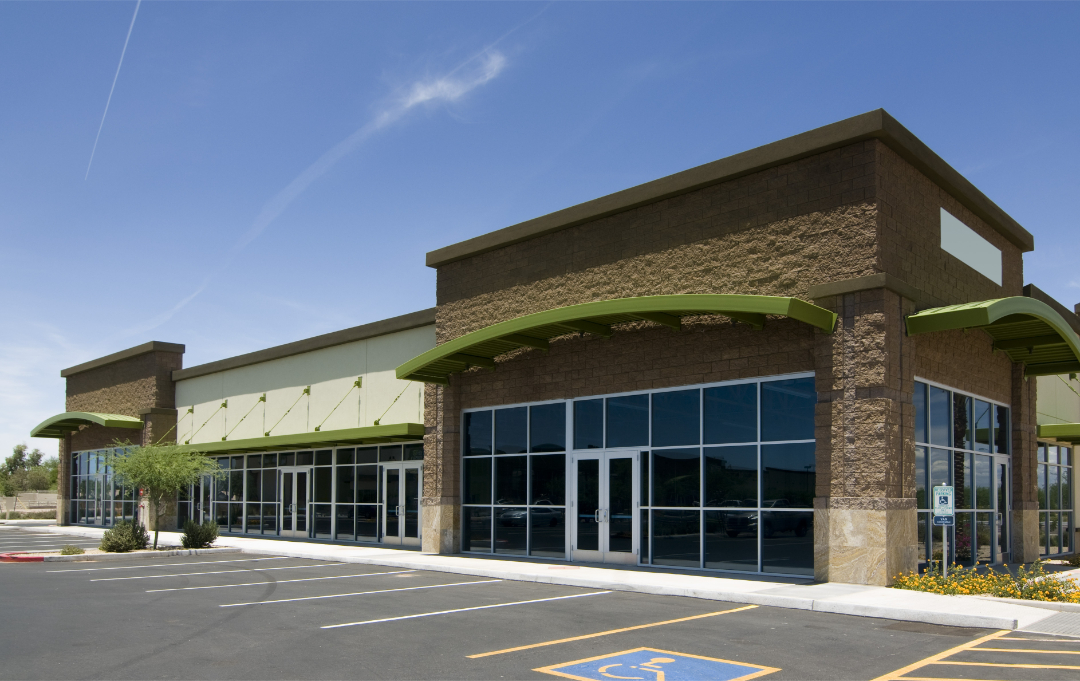Real Estate Investing
Real estate investing isn’t one size fits all. Each investor has their own goals, typically determined by a specific timeline.
Some investors are looking for quick returns (fix-and-flips), others are looking for long-term investments with no immediate return, and many are somewhere in between.
Appreciation vs. Cash Flow
Often, appreciation and cash flow are the two main ways to analyze a real estate investment.
Appreciation
Appreciation is the growth in property value over a given period. Geographic location, economic conditions, and renovations all factor into a property’s appreciation or depreciation.
If a property isn’t well-maintained and the economy takes a turn right when the owner needs to sell, an investor may face a loss. On the flip side, booming economic conditions, well-done renovations, and other increased property values in the area may cause rapid appreciation.
Cash Flow
Cash flow, on the other hand, is purely determined by owner expenses versus the income received. Typically, we think of this as a landlord-tenant relationship, where the landlord owns a property and manages the associated costs. In return, they receive rental income from the tenant.
This model hinges on the landlord’s ability to keep their expenses under control, rental rates high, and vacancies low. While economic conditions and renovations impact any investment, cash flow may withstand changes in outside factors better than appreciation.
Your Investment Strategy
Talking with an experienced real estate professional about your investment strategy is the best first step. Some real estate types naturally gravitate toward appreciation, while others tend to have a more robust cash flow. It’s crucial to choose the investment that supports your long-term financial goals.
If you have questions about commercial real estate, please contact Steve Longenecker and Northern Colorado Commercial Real Estate at WeBrokerCORealEstate or 720-600-9513.
We give out $250 gift cards for referrals that become our real estate clients.
Like, Share & Follow us on LinkedIn and Facebook.
#longmontcommercialrealestate #commercialrealestatebroker #northerncocommercialrealestate







